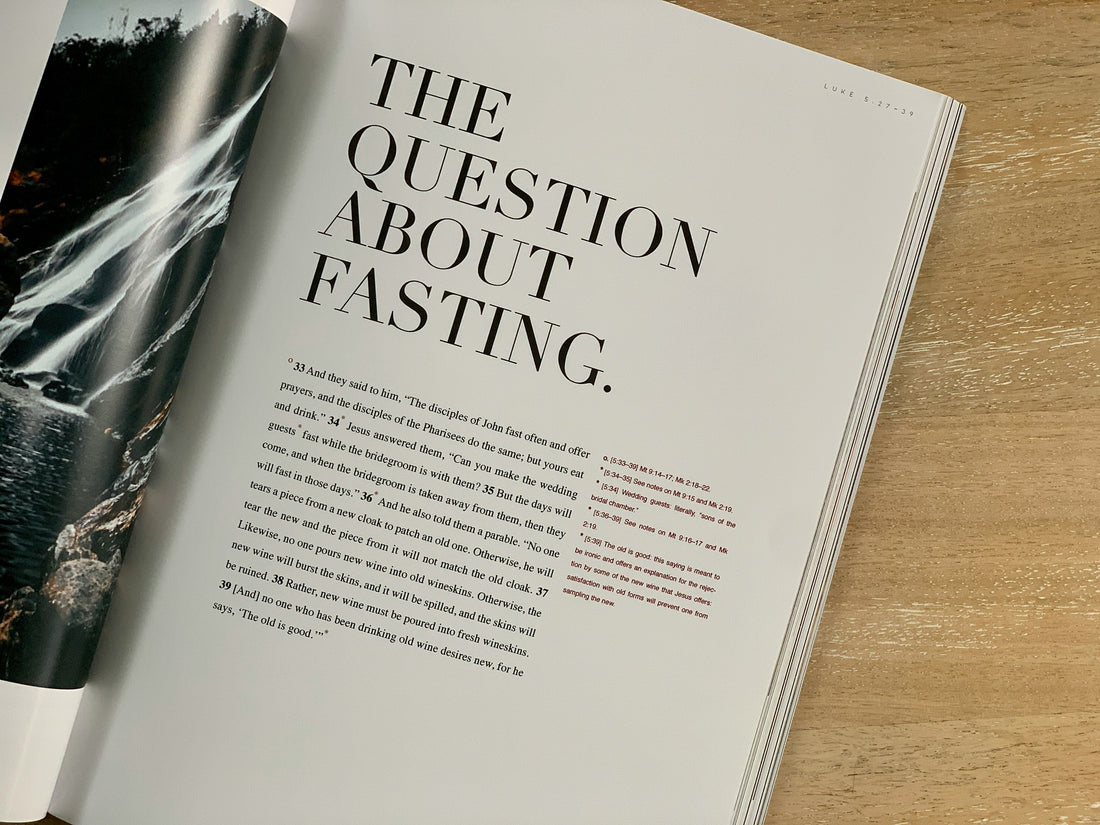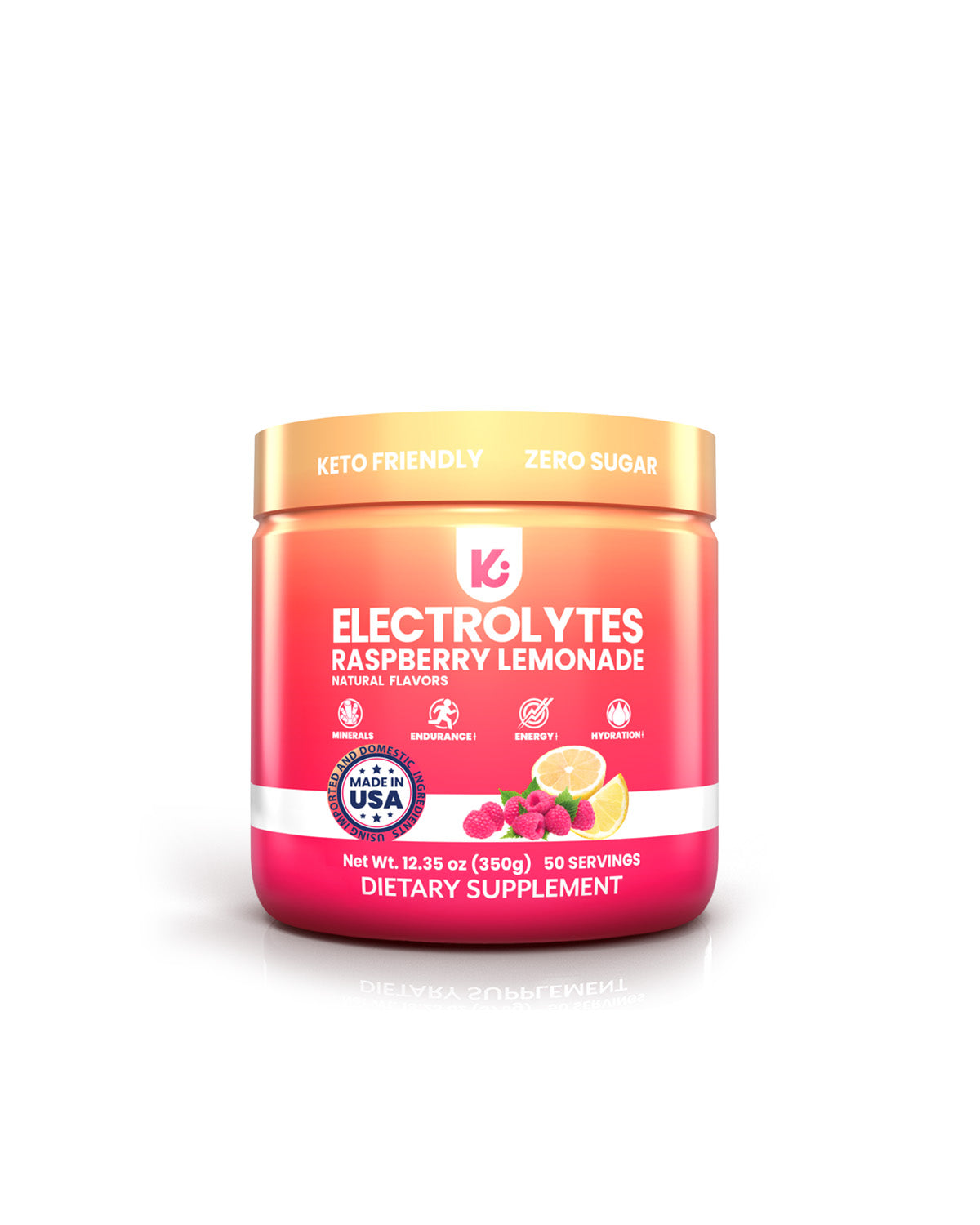
Fasting Hydration, Solved: Balance Sodium & Potassium for Headache-Free Fast Days
Share
Intermittent Fasting Hydration: Best Electrolyte Powder & Zero-Calorie Electrolytes That Don’t Break Your Fast
During an intermittent fasting window your stomach may be empty, but your kidneys are still busy flushing water. That mismatch is the hydration challenge: electrolyte loss speeds up, fluid balance drifts, and dehydration risk creeps in long before hunger rumbles (Cahill, 1970). Whether you’re chasing weight management or a metabolic reset, skipping a hydration plan invites headaches, cramps, and fog that can derail momentum.
In the next few minutes, you'll walk through fasting basics that explain this problem and pick up practical fixes—from zero-calorie electrolytes, electrolyte water, and sugar free electrolyte powders to timing tricks that fit extended fast goals. Everything here supports electrolytes while fasting, keto electrolytes for ketogenic diets, and fast-safe routines backed by science (ACSM, 2007; NIH ODS, 2022; CDC, 2021).
What You'll Learn: Best Ways to Stay Hydrated During Fasting
- How fluid balance shifts the moment a fast starts (natriuresis/diuresis)
- Early signs your body flags unchecked electrolyte loss
- Simple hydration strategies for any intermittent fast window
- Why a best electrolyte powder or electrolyte drink mix supports 24–72 hour fasts
- Timing cues that lock in recovery once the fast ends
TL;DR: Staying Hydrated During Your Fast
Intermittent fasting hydration goes beyond drinking water—replacing sodium, potassium, and magnesium helps avoid cramps, headaches, and fatigue (ACSM, 2007; NIH ODS, 2022; CDC, 2021). A zero-calorie, sugar free electrolyte powder like Keppi Raspberry Lemonade supports your fast without breaking it.
Learn more about the productWhat Are the Best Education Topics for Hydration During Fasting?
- Sodium–Potassium Balance and how these minerals control fluid retention and cellular hydration during fasting (NASEM, 2019; IOM, 2004)
- Magnesium’s Role in Fasted Recovery for nerve and muscle function (NIH ODS, 2022)
- Zero-Calorie Hydration Options like mineral waters and sugar free electrolyte blends (Harvard T.H. Chan, n.d.)
- Whole-Food Electrolyte Sources for post-fast mineral reloading (USDA FDC, n.d.)
- Supplement Timing for Different Fast Lengths so you stay hydrated without breaking your fast (ACSM, 2007)
Sodium–Potassium Balance: Core to Electrolytes While Fasting
Fasting physiology shifts fluid out of the bloodstream quickly, so sodium targets and potassium needs deserve attention from the first sip of water (Cahill, 1970). Keeping these minerals in the right ratio supports blood pressure, muscle firing, and overall hydration without puffiness (NASEM, 2019; IOM, 2004).
- Sodium encourages water absorption from the gut—one reason low-sugar electrolyte drink mixes work (WHO, 2005).
- Potassium moves fluid into cells for energy production and nerve conduction (NASEM, 2019).
- Across intermittent fasts, a light approach such as ~500 mg sodium paired with 3,000–4,700 mg potassium (daily diet total) suits many healthy adults—adjust to health status and clinician guidance (NASEM, 2019; IOM, 2004).

Magnesium’s Role in Fasted Recovery
Magnesium becomes more relevant as glycogen stores drop; it supports neuromuscular function and heart rhythm (NIH ODS, 2022). Losses run slower than sodium yet become noticeable as brain fog or restless sleep during multi-day fasts (NIH ODS, 2022).
Pair magnesium with vitamin D or a small calcium serving during your eating window to streamline uptake and speed post-fast recovery (NIH ODS, 2022).
- Target 300–400 mg daily from citrate or glycinate forms (NIH ODS, 2022).
- Sparkling mineral water can provide a gentle top-up.
- Evening doses may support sleep quality in some individuals.
“Individuals who practice fasting benefit from maintaining optimal electrolyte levels. Taking electrolytes while fasting is crucial to stay hydrated and promote energy while minimizing the risk of fasting-related headaches and muscle spasms.” (Practitioner commentary)
Zero-Calorie Hydration Options That Don’t Break Your Fast
Zero-calorie, sugar free electrolytes let you replace minerals without ending ketosis. Unsweetened herbal tea, plain seltzer, electrolyte water, or a fast-friendly electrolyte powder keep you fueled with minerals, not sugar. Our Keppi mix is formulated as keto electrolytes; a small, diluted serving fits most fasting protocols—always tailor to your goals and guidance (ACSM, 2007; Harvard T.H. Chan, n.d.).
- Choose labels listing 0 g sugar and very low calories (Harvard T.H. Chan, n.d.).
- Add a pinch of sea salt to plain soda water for a DIY option (WHO, 2005).
- Traditional sports drinks deliver ~6–8% carbohydrate—not ideal mid-fast (ACSM, 2007; Jeukendrup, 2011).
These choices help prevent headaches and cramps while honoring your fast (ACSM, 2007).
Whole-Food Electrolyte Sources for Your Eating Window
Once your eating window opens, focus on foods that reload minerals naturally. Coconut water provides ~600 mg potassium per cup, while avocado, spinach, and almonds cover magnesium and calcium needs. Poultry broth or miso supplies sodium without refined additives (USDA FDC, n.d.; NIH ODS, 2022; CDC, 2021).
- Blend leafy greens, avocado, and a squeeze of citrus post-fast.
- Warm broth replaces sweat losses on training days.
- Rotate colorful produce to hit wider micronutrient targets.
Supplement Timing by Fast Length
Supplement timing becomes essential as fasts extend past 24 hours. A planned schedule keeps serum levels steadier and reduces fatigue. For 48–72 hour fasts, consider a small, diluted serving first thing, another mid-afternoon, and a final top-up before bed (ACSM, 2007).
- 16:8 protocols usually need one light serving of electrolytes while fasting daily (ACSM, 2007).
- Extended fasts benefit from 2–3 smaller doses plus broth at re-feed (ACSM, 2007; WHO, 2005).
- After intense exercise, replace electrolytes within ~30 minutes to meet immediate potassium needs (ACSM, 2007).
Mapping your supplement timing closes the hydration gap, supports muscle performance, and preserves cognitive clarity throughout the fast (ACSM, 2007).
Practical Solutions: Boost Hydration Without Breaking Your Fast
Fasting drains water and minerals quicker than a regular eating day, so your solution must replace both fluid and electrolytes without added sugar. When cramping, foggy focus, or a pounding head appears, a sugar free electrolyte powder like our Raspberry Lemonade Electrolyte Mix can help keep your drink fast-safe. Each scoop blends into plain water and delivers balanced minerals—potassium for cellular uptake, sodium for absorption, and magnesium for muscle support—offering a simple, evidence-aligned approach (ACSM, 2007; NIH ODS, 2022; WHO, 2005).
Implementation Steps for Consistent Hydration
- At the start of your fasting window, shake 12–16 oz water with a light serving to set a mineral baseline and curb early fatigue (ACSM, 2007).
- Halfway through, sip a small top-up if you sense lightheadedness or dry mouth; this supports intermittent fasting hydration without breaking ketosis (ACSM, 2007).
- After workouts, sauna, or high-sweat sessions, blend a full serving into chilled water to speed recovery (ACSM, 2007).
- When it’s time to eat, open with mineral-rich foods—leafy greens, avocado, broth—so the next fast starts with reserves intact (NIH ODS, 2022; USDA FDC, n.d.).
Raspberry Lemonade Electrolyte Drink Mix: The Fast-Friendly Hydration Option
Keppi Raspberry Lemonade Electrolyte Drink Mix
Balanced potassium, sodium, magnesium, and calcium with natural flavors—zero-sugar, keto-friendly, and designed for intermittent or extended fasting. Mixes instantly for rapid hydration so you can fast, train, and recover with confidence.
Why This Formula Works
- Balanced minerals: A dialed potassium-to-sodium ratio promotes smooth fluid absorption without bloating (WHO, 2005; NASEM, 2019).
- Zero sugar: Keeps a fast-friendly profile, guarding ketosis throughout the window (ACSM, 2007; Harvard T.H. Chan, n.d.).
- Instant mixability: Fine powder dissolves fast—ideal for a quick electrolyte drink on the go (ACSM, 2007).
Keep single-serve sticks in your bag, desk, or gym pouch so hydration never depends on guesswork. With the right electrolytes for intermittent fasting ready, you move through fasting hours with clearer focus and steadier performance.
Conclusion
To nail intermittent fasting hydration, combine steady water intake with timely electrolyte boosts—especially potassium, sodium, and magnesium (ACSM, 2007). These practices protect energy and focus so you finish each fast feeling clear and ready for the next challenge.
For an easy next step, consider Keppi Hydration Mix—balanced minerals, real fruit flavor, zero-sugar electrolytes. One scoop in water delivers a fast-friendly electrolyte powder experience—tap below to learn how it fits your goals.
Ready to Optimize Your Fasting Hydration?
Don’t let hydration slip through the cracks on your next fast. Choose electrolytes while fasting that are zero-calorie and sugar free. Support energy, clarity, and performance with a fast-safe electrolyte powder (ACSM, 2007). Learn more and join thousands of satisfied customers.
Learn MoreReferences
- Cahill, G. F. Jr. (1970) ‘Starvation in man’, New England Journal of Medicine, 282(12), pp. 668–675.
- American College of Sports Medicine (2007) ‘Exercise and fluid replacement’, Medicine & Science in Sports & Exercise, 39(2), pp. 377–390.
- NIH Office of Dietary Supplements (2022) ‘Magnesium—Fact Sheet for Health Professionals’.
- Centers for Disease Control and Prevention (2021) ‘Sodium and Salt’.
- World Health Organization (2005) The Treatment of Diarrhoea (4th rev.).
- National Academies of Sciences, Engineering, and Medicine (2019) Dietary Reference Intakes for Sodium and Potassium.
- Institute of Medicine (2004) DRIs for Water, Potassium, Sodium, Chloride, and Sulfate.
- Berg, E. (n.d.) ‘Electrolytes While Fasting’ (Practitioner commentary).
- USDA FoodData Central (n.d.) ‘Coconut water, unsweetened’ (typical potassium ~600 mg per cup).
- Harvard T.H. Chan School of Public Health (n.d.) ‘Sports Drinks — The Nutrition Source’.
- Jeukendrup, A. E. (2011) ‘Nutrition for endurance sports’, Journal of Sports Sciences, 29(S1), S91–S99.
